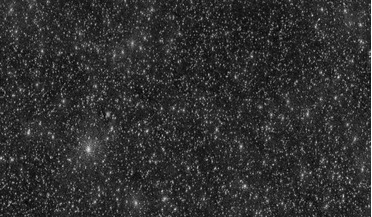 22 February 2021
Not stars, but 25,000 supermassive black holes!
22 February 2021
Not stars, but 25,000 supermassive black holes!
... starters, free electrons in the Earth’s ionosphere act like a cloudy lens that constantly moves across the radio telescope, making observations difficult. ‘It's similar to when you try to see the world while immersed in a swimming pool.” Co-author...
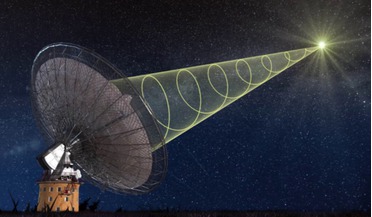 30 August 2016
Is there anybody out there? SETI researchers look to explain mysterious signal
30 August 2016
Is there anybody out there? SETI researchers look to explain mysterious signal
..., bringing it to the public's attention. In reality, the signal was discovered on May 15, 2015, by the RATAN-600 radio telescope in Zelenchukskaya, in southern Russian republic of Karachay-Cherkess, but has been kept quiet for lack of more detailed...
 21 June 2021
Astronomers using GBT discover previously unknown huge galactic structure
21 June 2021
Astronomers using GBT discover previously unknown huge galactic structure
... unknown structure in our galaxy has been found by astronomers using the world’s largest fully steerable radio telescope – the Green Bank Telescope (GBT); the discovery was so unexpected, it has taken years and many additional observations to confirm...
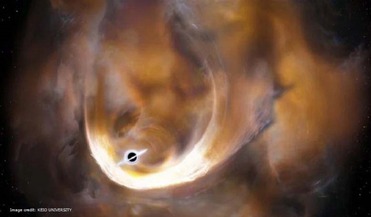 18 January 2016
Does a second black hole lurk near the centre of the Milky Way?
18 January 2016
Does a second black hole lurk near the centre of the Milky Way?
... way in which to search for objects that emit little radiation in any wavelength. "Investigations of gas motion with radio telescopes may provide a complementary way to search for dark black holes" said Oka. It is suggested that there are...
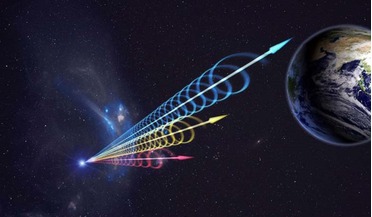 29 February 2016
Missing matter still lost, as Fast Radio Burst not quite what it seems say researchers
29 February 2016
Missing matter still lost, as Fast Radio Burst not quite what it seems say researchers
... the common assumption is that they are of extragalactic origin. Last month, a team of astronomers using the Parkes Radio Telescope, published research claiming the new detection of an FRB event known as FRB 150418, along with measurements of its...
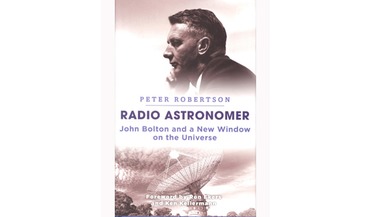 29 March 2018
Radio Astronomer
29 March 2018
Radio Astronomer
... and technology are important. This biography of Australian radio astronomer John Bolton is a case in point. In the ... and another in New South Wales, Australia (the Parkes radio telescope which featured in the movie film ‘The Dish’). The ...